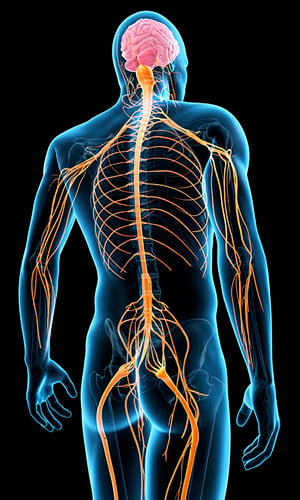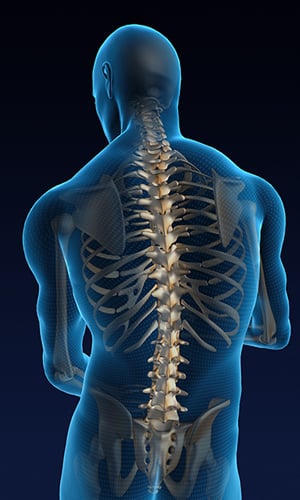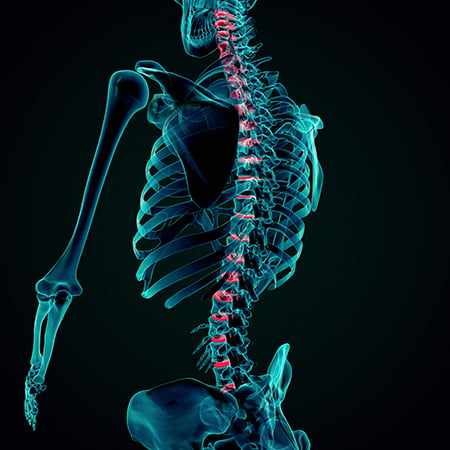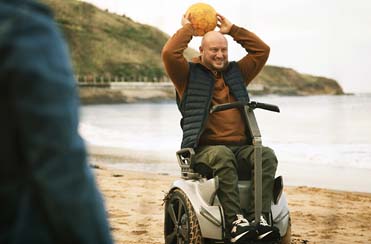As a conduit between the brain and the rest of the body, the spinal cord enables the central nervous system to perform tasks critical to life. Understanding this system and process can be valuable in understanding how to navigate your own unique situation.
The central nervous system, consisting of the brain and spinal cord, and the peripheral nervous system, consisting of the vast network of nerves that spread throughout the body, are key components in enabling our bodies to move and function properly. Messages sent between the brain through the spinal cord and the rest of the body are what allow this to happen.
When the spinal cord is injured the ability to receive messages from the brain is often greatly hindered. A quick overview of the anatomy of this process can help understand why.
The spinal cord: your body’s nerve center
The spinal cord is a column of millions of nerve fibers which runs from the base of your brain down the length of your spine and serves as the main pathway for messages sent by your brain to the rest of your body–and from your body back to your brain.
These messages are responsible for any number of functions necessary for daily life, including motor functions, which direct your body’s voluntary muscle movements; sensory functions, which monitor the sensation of touch, pressure, temperature, and pain; and autonomic functions, which include body regulatory activities such as digestion, urination, heart rate, and blood pressure.
As they move down the length of your spinal column, the nerve fibers in your spinal cord branch off to form pairs of nerve roots that exit through small openings in your vertebrae called foramina. These nerves, depending on their unique location, then connect to specific parts of your body, enabling those parts to communicate with the brain.
This is why damage to the spinal cord can cause paralysis to certain areas and not others, as the extent of injury depends on which spinal nerves are affected.
For example, damage to the spinal cord in the upper cervical region of the spine may result in loss of function of limbs, or hinder the ability to breathe, swallow, or to control the bladder, whereas spinal cord injury in the lower part of the spine typically affects only those parts of the body below the injury and not above.









